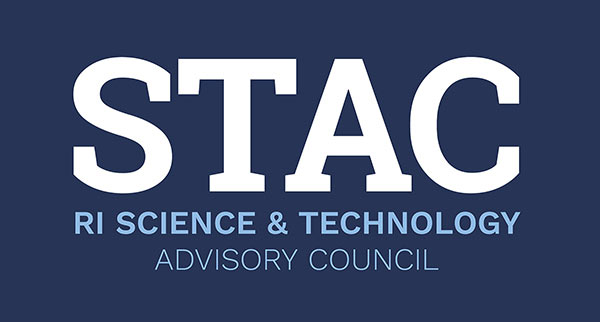Assistant Professor, Department of Electrical, Computer, & Biomedical Engineering, University of Rhode Island
Artificial limbs have come a long way. Six-Million-Dollar-Man fiction aside, today’s prosthesis wearers can do a lot of things that help them live normal or even extraordinary lives. Professor Helen Huang wants to make them better still.
“Even though they are very high-tech, today’s prosthetic legs are passive,” Professor Huang, Assistant Professor at the University of Rhode Island explains. “This means they only move when the user makes extra movements with their residual limb. There’s no motor or anything driving the joints, only the mechanical contact with the body.”

This can be a problem especially if someone goes off-balance-if they slip or trip. “When we become unbalanced, our neural system reacts quickly and sends signals to help us recover,” says Professor Huang. “But someone with an amputation has a much higher risk of falling than usual-the limb can’t react to prevent a fall the way a natural limb can.”
Professor Huang, in collaboration with Professor Susan D’Andrea of Brown University and Michael Nunnery of Nunnery Orthotic and Prosthetic Technologies, LLC, received a 2009 Collaborative Research Award from STAC to work on developing an active stumble recovery system-built-in technology to help prevent falls and improve the stability of someone wearing a prosthetic limb.
Their research began by literally tripping people up. “We had 16 subjects-6 with lower limb amputations and 10 without. We put each of them on a treadmill with a harness to keep them from actually falling. Then, while they were walking, we would change the speed or direction of the treadmill, causing them to trip or slip.” All the time, the subjects were monitored by a number of sensors gathering data on their physical motion, the force and torque on the limb, and their muscle activity. The next step was to determine how these indicators might detect a loss of balance fast enough and accurately enough to allow a prosthesis to react and the wearer to recover from a stumble.

How would an active stumble recovery system work? Other research has led to the development of active bionic prosthesis prototypes-ones that have a motor inside to help power movement of the joints to, say, assist in stair climbing. Professor Huang hopes to develop a built-in system with stumble detection sensors that could trigger a computer-controlled, motor-driven mechanism for active recovery-all to help someone regain their balance from a trip or slip before they even realize what’s going on.
The potential safety implications of such a system are huge. The number of amputees in the U.S. continues to grow, with veterans making up a large group and diabetic amputees another.
The STAC grant was the first Professor Huang received upon her arrival at URI over two years ago. It enabled her to set up her large, open lab and equip it with a special treadmill, a sort of “terrain park” with stairs and various surfaces, and all the specialized sensors and monitors required for her research. She was able to hire a research assistant to help with the project. Plus, she was able to connect with her fellow researchers, Mike Nunnery and Susan D’Andrea, to complete the team. “I’m hoping this collaboration can continue,” she says, “and that what I do can bring more interest in prosthetic research and probably more jobs and more funding here to Rhode Island.”

In fact, Professor Huang and her collaborators have now received two federal grants-one from the National Science Foundation and one from the National Institutes of Health-thanks to the facility and equipment her STAC grant helped fund. “We’re working on designing a prosthetic leg that has neuromuscular control. We want to use muscle activity as intent-to predict what someone is trying to walk on, what kind of terrain. This leg would work with the brain and the body, more like a natural limb.”
“I love this field; I really enjoy doing this kind of work. And I think I’m pretty good at it!” she says, laughing. We think so too.
